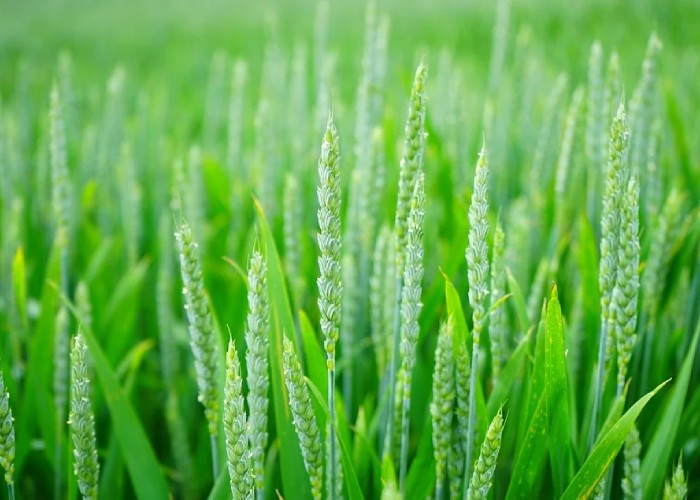The author of the article holds the sole responsibility of the views and opinions expressed in this published content. thespace.ink magazine is not responsible for the content in any way whatsoever.
This column will explore the challenges faced by the people and the country; the successes, failures and values that have shaped over time. I will try to interpret revival strategies, analyze changes and evaluate economic policies.
At the individual level we will analyse the businesses landscapes policies and performances while at the aggregate level we will consider consumption propensities, induced investment, trade balances, public debt, cyclical growth, development indicators and equity aspirations.
The pandemic was a crisis gripping the economy globally. The entire global economy went into a tailspin as several countries including India announced total or partial lockdowns and imposed stay at home restrictions. The Indian economy was put in a deep freezer for almost two months leading to an unprecedented contraction and one of the greatest mass migrations in history. The full effect of the lockdown was captured in GDP figures of the first quarter of 2020-21. India’s GDP shrank by 23.9% on a yearly basis. Even earlier, India had already entered an unprecedented technical recession in the year since 1996. This led to a spate of downward revisions of India’s full-year economic forecast by global financial institutions such as ratings agencies and banks. The World’s hitherto fastest growing economy was predicted to shrink over 10% in FY21 on a yearly basis. Over 95% of the world’s countries are projected to have negative per capita income growth. In the absence of a medical solution as yet the strength of the recovery will be highly uncertain and the impact of sectors and countries uneven. We are now projecting a slow recovery in 2021.

To re-embark on a faster economic growth trajectory, we will need to use six arrows in our policy quiver:
- Rekindle the agrarian sector through an integrated rural development initiative, A Roadmap for revival of domestic tourism for rural development in India may ameliorate in rural poverty and unemployment. Around the world, tourism is a lifeline for rural communities, providing jobs, supporting rural businesses and protecting natural and cultural heritage. India’s travel and tourism industry offers a diverse portfolio of niche tourism products – cruises, adventure, medical, wellness, sports, MICE, eco-tourism, film, rural and religious tourism. Need of the hour is to help tourism industry grow as one of the main industries through innovative means of ideas and financial assistance into various segments that will help foster better understanding between people, create employment opportunities and bring about socio-economic benefits to the community, particularly in the interior and remote areas and to strive towards balanced and sustainable development. There is a need to develop linkages to identify and prioritize the challenges and sop strategies to support the stakeholders.
- Realign the control levers – Monetary policy with monetary targeting and enhancing: aggregate injection (consumption and investment) and credit base
- Fiscal deepening with spends on infrastructure and faster sharing of indirect resources (GST), to resurrect the economy of regions and states. India faces a huge decline in government revenues and growth of the income for at least two quarters as the coronavirus hits economic activity of the country as a whole. A fall in investor sentiment impacts privatization plans, government and industry.
- “Mind the gap” in the income of the bottom half which has a stronger propensity to consume, that in turn will spur production – while developing a human face of the revival package through CSR.
- Creating symbiotic links with large and small sectors through operations and supply chain management, lean manufacturing and subcontracting. COVID-19 has disrupted global supply chains and this is generating spillover effects* throughout supplier networks. All sectors of the economy will be affected. This will impact countries that are strong exporters, with supply links with local companies and importers who are likely to confront raw materials supply bottlenecks. The World Trade Organization (WTO) expects global trade to fall by 32% this year.
- Creating Global links for the process, product development in all sectors and use the MSME sector for generating foreign exchange. India’s total electronic imports is equal to 45% that of China. Around one-third of machinery and almost two-fifth of organic chemicals that India purchases come from China. For automotive parts and fertilizer, China’s share in India’s import is more than 25%. Around 65 to 70% of active pharmaceutical ingredients and around 90% of certain cell phones come from China to India.
Depreciation of the Indian Rupee has serious implications for the Economy and Trade. This trend merits inspections on how it affects most emerging markets, how fluctuating fuel prices will affect primary sectors.
*In economics a spillover is an economic event in one context that occurs because of something else in a seemingly unrelated context. For example, externalities of economic activity are non-monetary spillover effects upon non-participants. Odors from a rendering plant are negative spillover effects upon its neighbors; the beauty of a homeowner’s flower garden is a positive spillover effect upon neighbors.



























